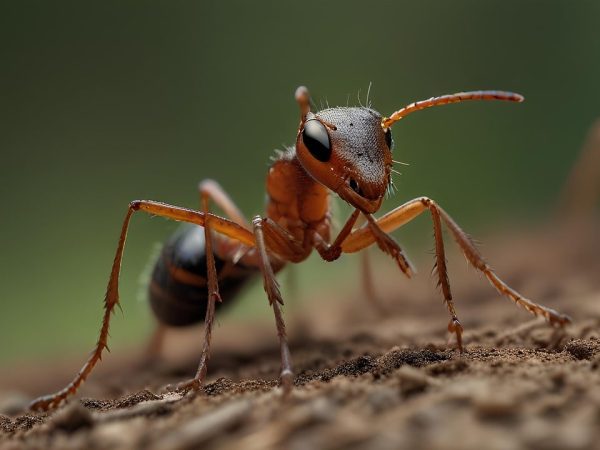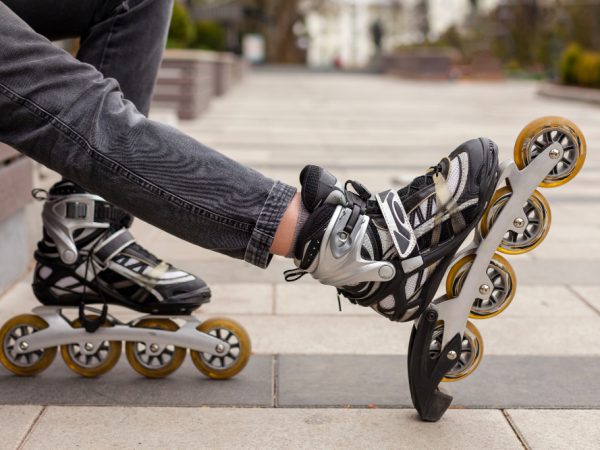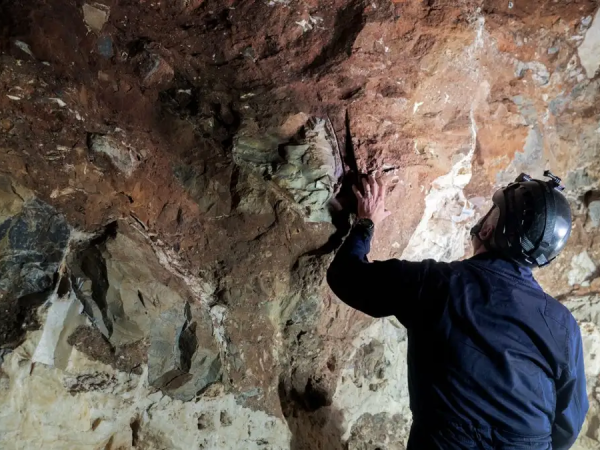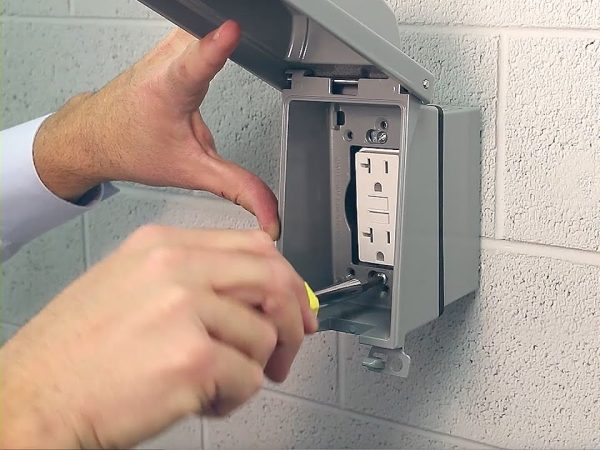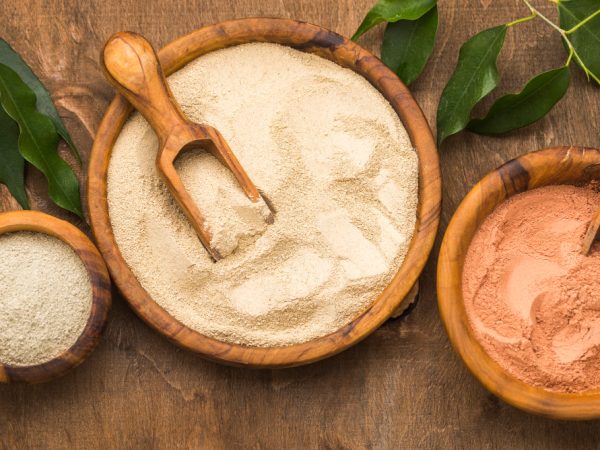Mauna Kea Hawaii: 10 Stunning Views You Must See
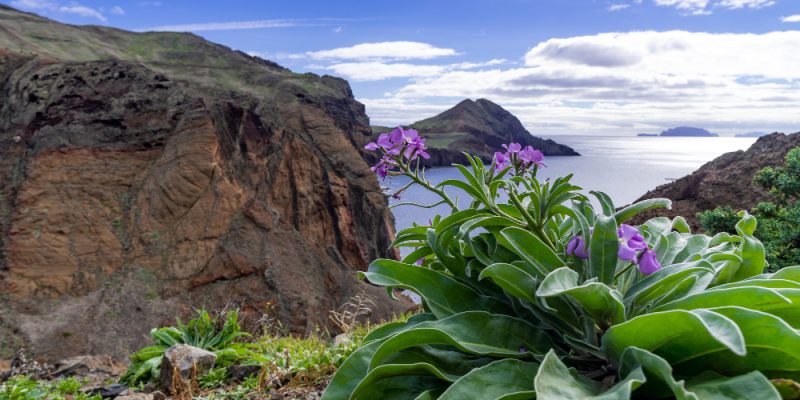
Mauna Kea, the highest peak in Hawaii, is a breathtaking destination that offers some of the most spectacular views in the world. Towering at 13,803 feet above sea level, this dormant volcano provides stunning landscapes, unparalleled stargazing opportunities, and mesmerizing sunsets above the clouds. Whether you’re a nature enthusiast, a photographer, or an adventurer, Mauna Kea has something unforgettable to offer. Here are ten stunning views you must see when visiting Mauna Kea, Hawaii.
1. Sunset at the Summit
Watching the sunset from Mauna Kea’s summit is a once-in-a-lifetime experience. As the sun dips below the horizon, the sky transforms into a canvas of deep oranges, pinks, and purples. The view is made even more magical by the sea of clouds below, giving visitors the feeling of being on top of the world.
2. Starry Skies from the Mauna Kea Observatories
Mauna Kea is home to some of the world’s most advanced astronomical observatories. With its high altitude, clear skies, and minimal light pollution, the summit is one of the best places on Earth for stargazing. The Milky Way, constellations, and distant galaxies are all visible to the naked eye, making this a must-see view.
3. The View from the Visitor Information Station (VIS)
Located at 9,200 feet, the VIS offers incredible panoramic views of the island. It serves as an excellent spot to acclimate to the altitude before heading to the summit. The surrounding lava fields and rolling clouds create a unique and dramatic landscape worth capturing.
4. Lake Waiau: The High-Altitude Lake
Lake Waiau is a rare, sacred high-altitude lake situated at 13,020 feet. This small but stunning body of water stands out against the rugged volcanic terrain. Its shimmering blue waters and cultural significance make it one of Mauna Kea’s hidden gems.
5. Poli’ahu Heiau: The Sacred Site with a View
Poli’ahu Heiau is an ancient Hawaiian temple dedicated to the snow goddess Poli’ahu. This site not only holds deep cultural and spiritual significance but also offers breathtaking views of the surrounding mountain slopes and distant ocean.
6. The Mars-Like Terrain of the Summit Crater
The summit crater of Mauna Kea resembles the surface of Mars, with its red, rocky terrain and vast expanses of barren land. Walking through this otherworldly landscape provides an unforgettable visual experience, making it a must-see for geology and space enthusiasts.
7. Hualālai and Mauna Loa Views from Mauna Kea
On a clear day, visitors can see the neighboring volcanoes, Hualālai and Mauna Loa, from Mauna Kea’s summit. These towering giants add depth to the landscape, creating a stunning contrast against the sky and clouds.
8. The Rolling Cloud Inversions
One of the most surreal views on Mauna Kea is the rolling cloud inversions. As warm air rises and cools, it forms thick cloud layers that move like ocean waves below the summit. This phenomenon is a mesmerizing sight that makes visitors feel like they’re floating above the clouds.
9. The Milky Way Reflecting on Snow-Capped Peaks
During the winter months, Mauna Kea’s summit is often covered in snow. The combination of snow-covered peaks and the dazzling Milky Way creates an incredible nightscape. This view is a rare spectacle in Hawaii and one of the most awe-inspiring sights on the island.
10. The Road to the Summit
The drive up to Mauna Kea’s summit offers scenic views at every turn. Winding roads cut through volcanic landscapes, transitioning from lush greenery to barren, moon-like terrain. Every stop along the way provides a different perspective of the island, making the journey as spectacular as the destination itself.
Conclusion
Mauna Kea, Hawaii, is a land of natural beauty and breathtaking views. From the stunning sunsets and star-filled skies to the rolling clouds and ancient sites, every corner of this majestic mountain offers something extraordinary. Whether you’re an adventure seeker, a photographer, or simply someone who appreciates nature’s wonders, Mauna Kea’s stunning views will leave you in awe. Be sure to plan your visit carefully and respect the cultural significance of this sacred mountain to ensure an unforgettable and meaningful experience.
FAQs
1. Do I need a permit to visit Mauna Kea’s summit?
No, but you will need a 4WD vehicle to access the summit, and it’s recommended to stop at the Visitor Information Station to acclimate to the altitude.
2. Is Mauna Kea always open to visitors?
Weather conditions can cause temporary closures. It’s best to check the Mauna Kea Weather Center or the Visitor Information Station before heading up.
3. Can I see the stars from Mauna Kea without a telescope?
Yes! The skies are so clear that many stars, planets, and even the Milky Way are visible to the naked eye. However, using a telescope enhances the experience.
4. What is the best time of year to visit Mauna Kea?
The best time to visit is during the dry season (April to October) for clear skies, though winter months offer the chance to see snow.
5. Is altitude sickness a concern at Mauna Kea?
Yes, due to its high elevation, visitors may experience altitude sickness. It’s important to acclimate at the Visitor Information Station before proceeding to the summit.
Also read : Resolution Stock: Understanding High-Resolution Stock Photography

